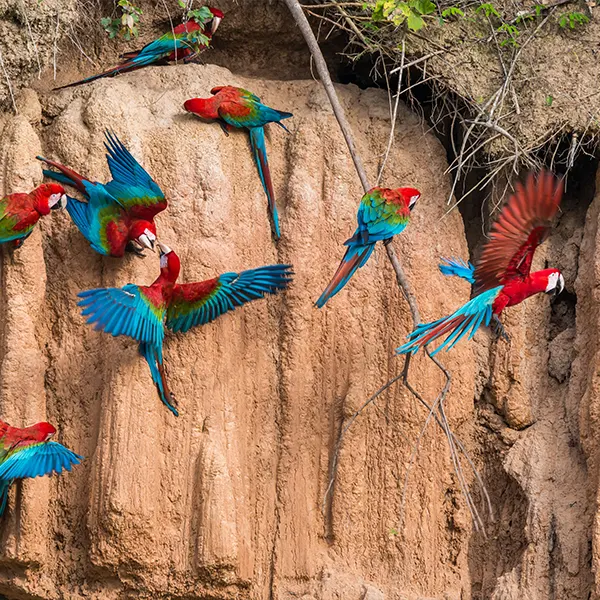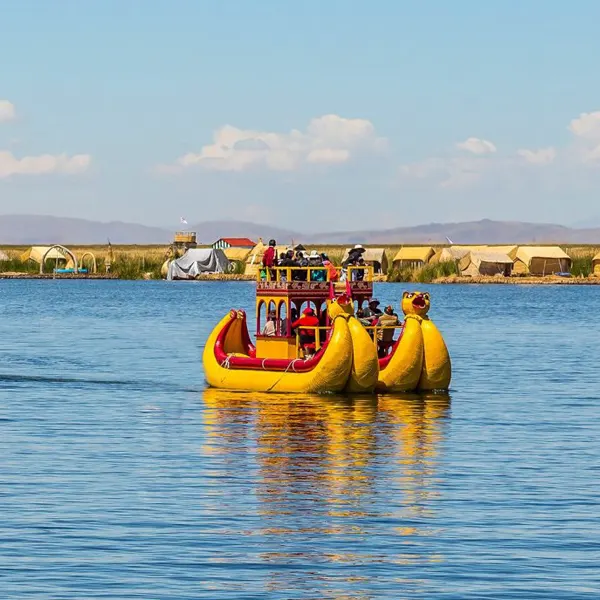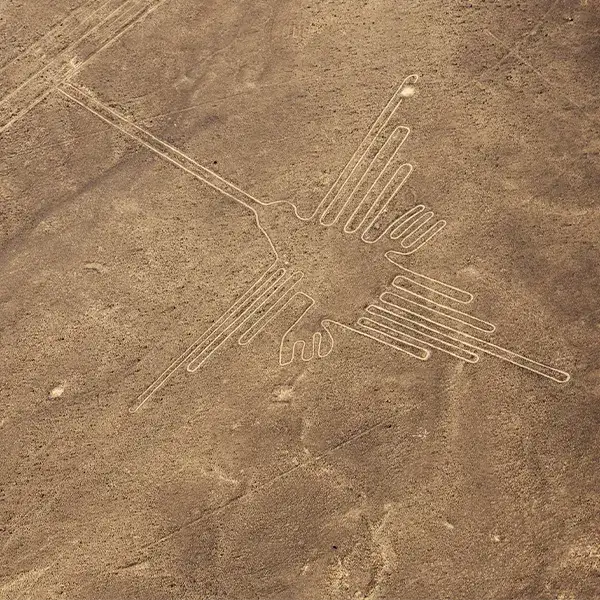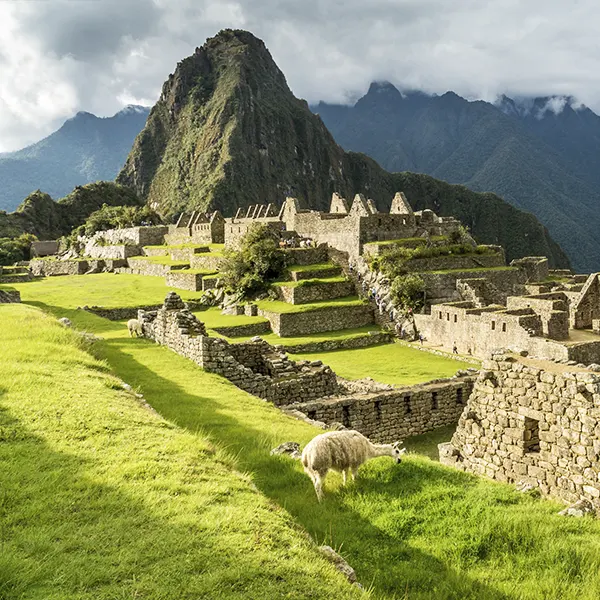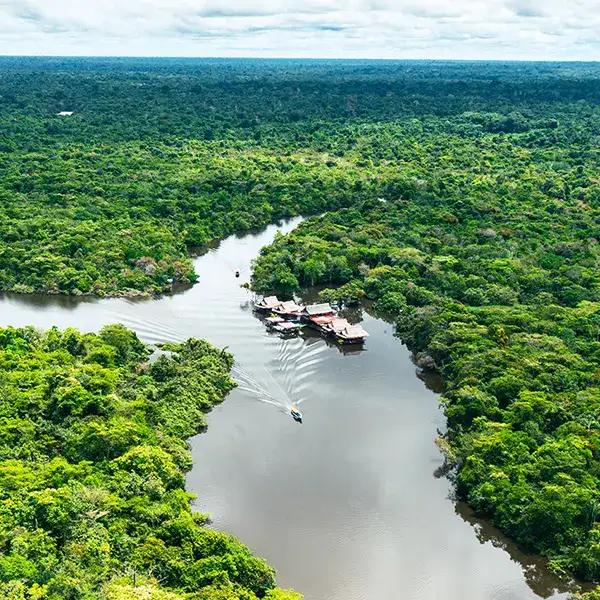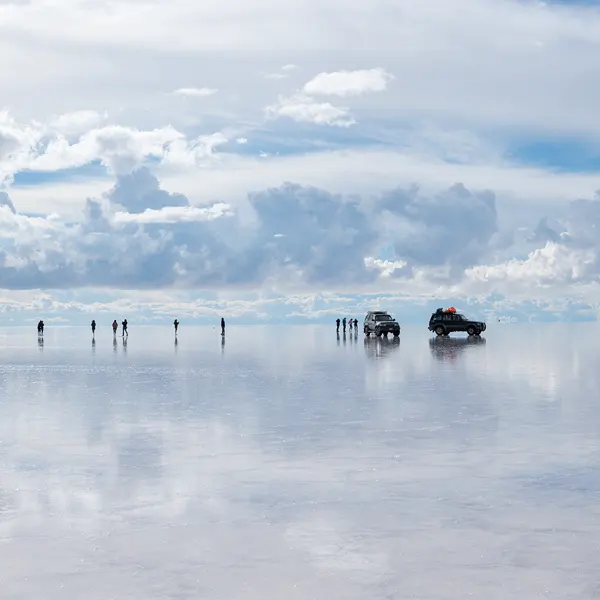Come to Peru for the best tour of your life, there is so much to see and do in this wonderful South American country. Peru is one of the most biodiverse countries on the planet, with three different zones, the coast, the highlands, and the jungle all full of new and exciting things to discover. However, why not come to Peru in February and witness one of the most colorful and wonderful festivals in South America, the Virgen de la Candelaria.
The first two weeks in February in the city of Peru, Puno on the shores of Lake Titicaca, play host to this party of epic proportions. The party begins on February 2, but the main parade is on February 9, when all the dancers from the previous parades return and everybody dances together all day until sunset. The end of the weekends with a grand feast in the cemetery of all places, to celebrate with the dead.
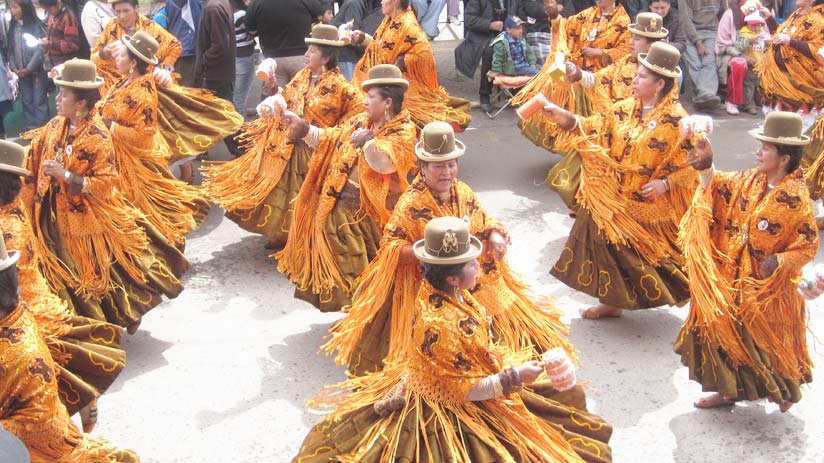
On February 2, in the afternoon, the virgin who is housed in the Church of San Juan El Bautista is lead through the streets along with the priests, altar boys, Christians and musicians all ready to join the festivities.
Who is the Virgen Candelaria you may ask? The virgin is a representation of the Virgin Mary. Catholics although out South America celebrate on February 2 the purification of the Virgin Mary forty days after the birth of Christ. Tradition has it that Virgin had dark skin and was wearing a gold crown but here in Peru, the Virgen de Candelaria has light skin. Legend has it that in the 17th Century the Aymara rebels from the La Paz area sieged the city of Puno which was at the time occupied by over 12000 Spanish soldiers. Vastly outnumbered the Spanish had no chance of victory. The people who lived in Puno at the time took the Virgin from the church and paraded through the streets of the village, the next day they say that the village was helped by the powers of the Virgin and the rebel fled ending the siege.
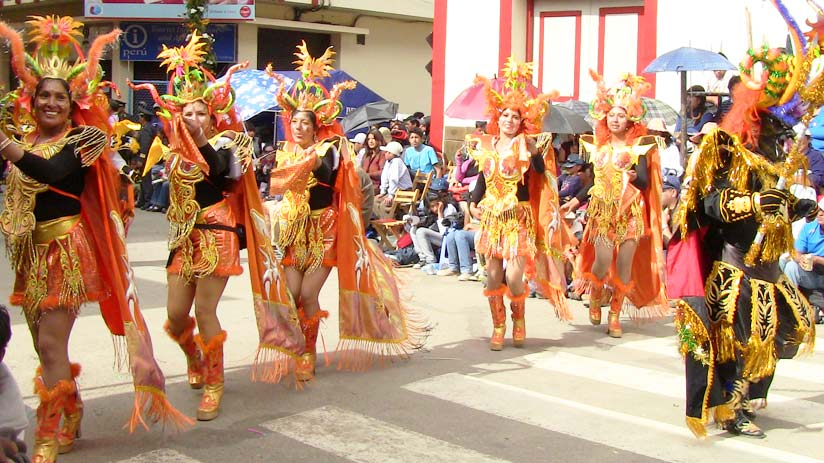
It is also said that the festival is linked to pre-Hispanic agricultural cycles of sowing and harvesting and also as the mining activities in the region. The festival is also a result of the Aymara gaiety and Quechua seriousness, which are the two local tongues.
Featuring many different dances with the most famous being the Diablada, this dance is essential to the festival as it was created for a group of miners trapped for days and praying to the Lady of Candelaria for mercy, when dancing this dance, the performers dress up in demon masks and as the god of the mines Jacancho. The dance concludes with the placing of flowers on the graves of the miners that did not survive.
You should not miss the dance competitions organized by the Regional Federation of Folklore and Culture of Puno; these competitions are between native dances that come from the communities of Puno and are organized into different districts. There are around fifty thousand dancers involved in colorful costumes, featuring masks and boots with bells. This competition is held at the Torres Belon Stadium.
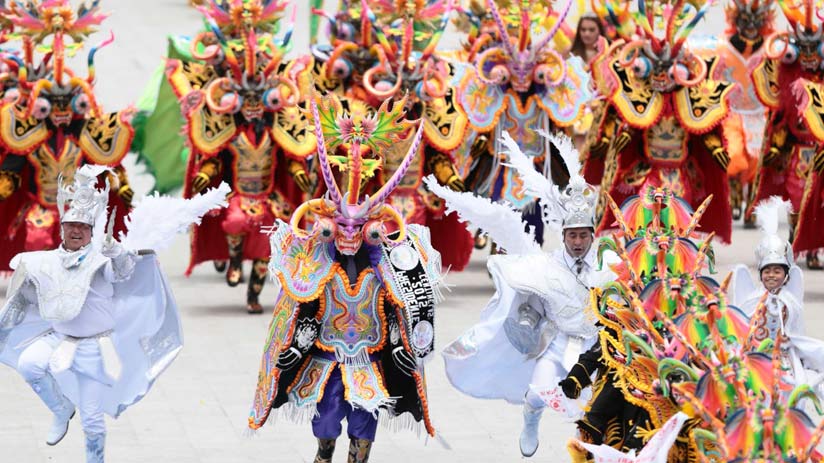
Once all the parades and dancing are finished, the dancers and musicians leave the stadium and go back to the city. The streets of Puno then become one giant party and a lot of alcohol is consumed. The party will last well into the night and the next morning. If you plan to join the festivities, then be careful of your belongings and leave most of your valuables in the hotel.
When considering a trip to Puno in early February, consider that the hotels will be booked well in advance. It is essential to book months in advance to get a room for this time in Puno. For some of the events you will also need to purchase tickets in advance.
While in Puno, you must also visit the wonderful floating islands of the Uros people. The Uros Islands Lake Titicaca are like nothing else you will see in the world, these Islands are made completely out of the local reeds that are grown on the lake. The fascinating Uros people have lived on the lake for many centuries, it is said that they made the lake their home to escape the warring tribes on the mainland and have stayed. The people today make a living from visiting tourists but still retain a traditional way of life.
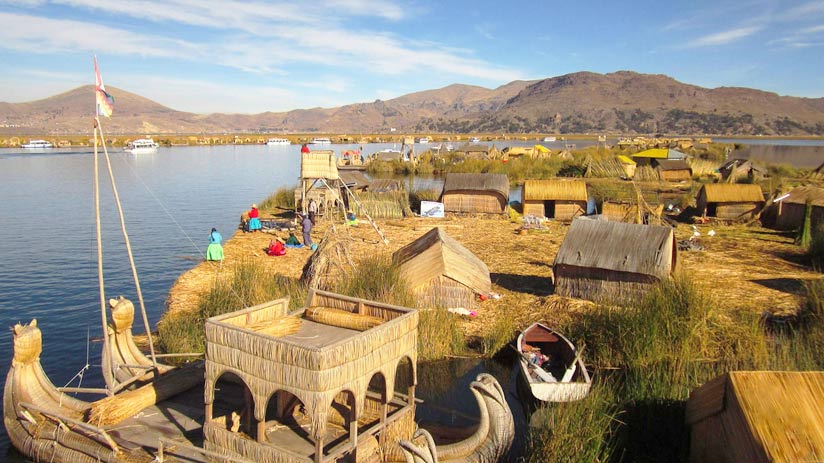
Where is Lake Titicaca you may ask? In the southernmost part of Peru on the border with Bolivia, the lake is considered one of the highest lakes in South America. On any Peruvian trip, you will want to visit Machu Picchu and the Cusco area, so after your trip to Machu Picchu how do you get from Machu Picchu to Lake Titicaca? There are several ways, by luxury train or by bus, both equally as scenic with the train being more expensive.
Come to Puno in February and experience all the spectacle of the Virgen de Candelaria, dance along with the local people, and help them celebrate this wonderful tradition. While in Puno, see all the area has to offer, book your tour to Peru and South America today, what are you waiting for South America waits for you.
Peru has so much to offer, it can be hard to know where to start. With many years of experience in the tourism sector, Machu Travel Peru is happy to help with anything regarding your trip to Machu Picchu and any tours around it. Make your Machu Picchu experience an unforgettable one!

